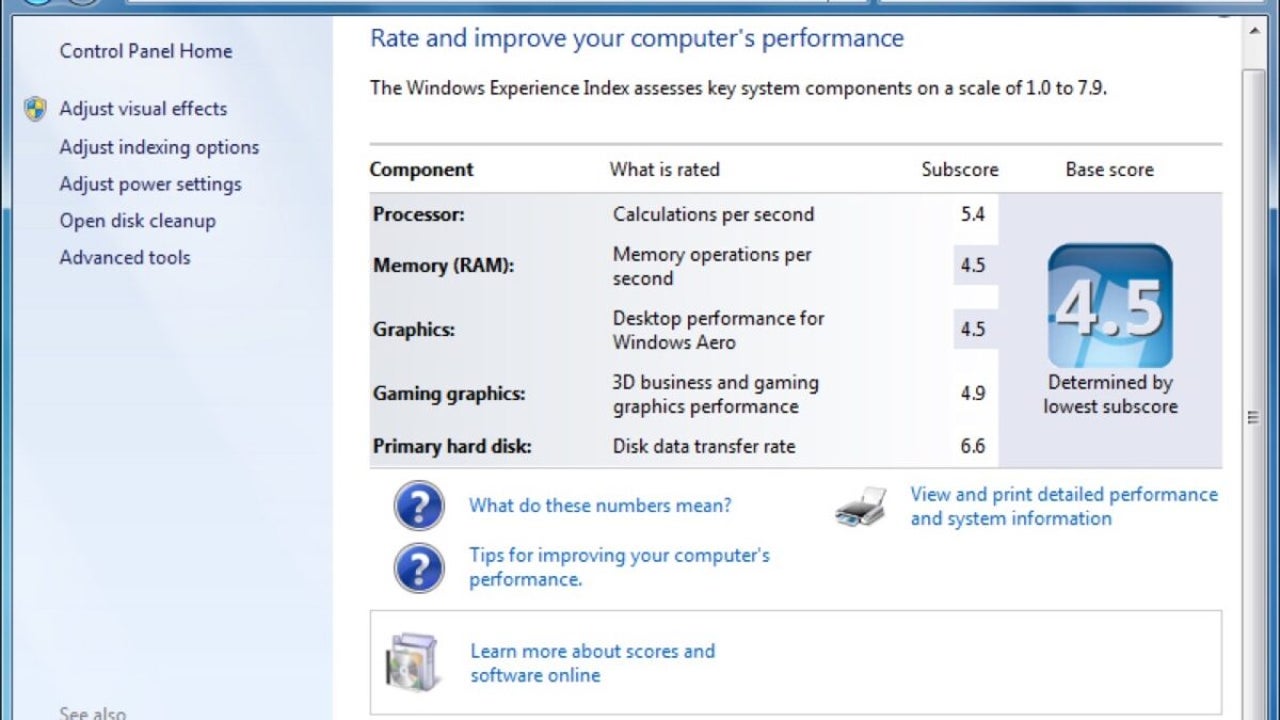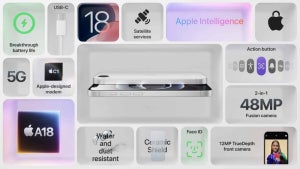News
Years ago Windows told you how good your PC was, but was it a fair comparison?
Windows once rated your PC’s performance with a simple score, sparking debate and competition. But was the Windows Experience Index ever truly a fair benchmark?

- April 18, 2025
- Updated: April 18, 2025 at 9:11 AM

For years, Windows offered a curious built-in feature that rated your PC’s performance: the Windows Experience Index. It gave users a numeric score between 1 and 9.9, evaluating key components like the CPU, RAM, GPU, and hard drive. What seemed like a simple number quickly became a source of comparison, pride, and debate across tech forums and user communities.
How the Windows Experience Index worked
The system assessed five main components: processor speed, RAM operations, desktop graphics, gaming graphics, and disk data transfer rate. Introduced with Windows Vista and refined in Windows 7 and 8, this index allowed users to identify bottlenecks in their systems—a low score on your hard drive could hint that it was time to upgrade.
Microsoft adjusted the scoring scale as newer, more powerful components hit the market. This meant older PCs, once top-tier, could see their scores drop over time. What was once an “elite” 7.5 might later become a modest average, pushing users to reconsider their setups.
A tool for fun, or a fair benchmark?
Many shared their scores online, triggering playful rivalries and discussions about hardware upgrades. But critics questioned the fairness of the system. Not all components weighed equally, and the final score was limited by the lowest-performing part—an SSD-less rig might tank your total, even if your CPU and GPU were excellent.
Although the feature disappeared from plain sight after Windows 8, it still lingers in Windows 11 via a terminal command. Yet its relevance has faded, as it no longer reflects modern hardware advancements or the current performance landscape.
Latest from Agencias
You may also like

It turns out the iPhone 16e was key to Apple’s success after all
Read more

New Electric Vehicle Charging Stations Set to Revolutionize EV Experience
Read more

A Better Routeplanner: The Essential Tool For Kia EV6 Owners
Read more

Model C and Model D: Foxconn’s Electric Vehicles Debuting by Late 2025
Read more

BYD Sets New Standards in Electric Vehicle Performance and Efficiency
Read more

After the Hertz attack, what can we do to protect our data?
Read more